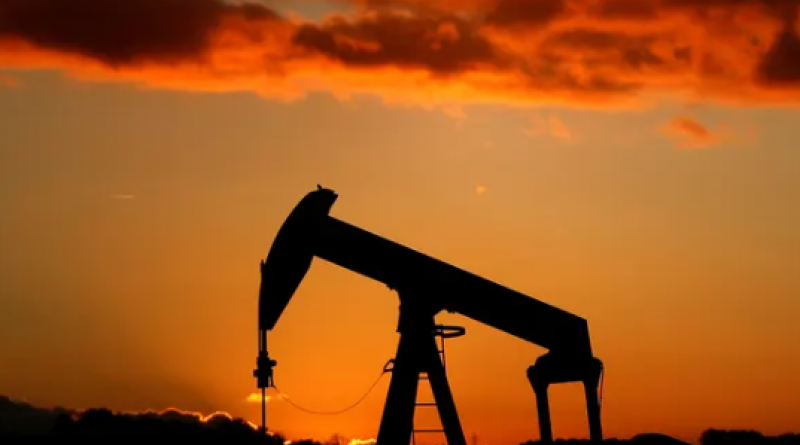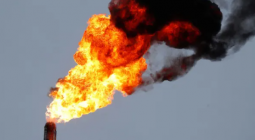Global oil demand 'could exceed pre-Covid levels without clean energy moves'.

Figures from International Energy Agency dash hopes that world consumption had peaked.
The world’s oil demand could exceed pre-Covid 19 levels within the next two years unless concrete government action and legislation leads to a much stronger move towards clean energy, according to the International Energy Agency.
Figures from the global energy watchdog threaten to dash hopes that the world’s consumption of oil may have peaked in 2019, before the coronavirus pandemic caused oil demand to plummet by 9m barrels a day.
The IEA’s influential report found that a rebound in oil demand, particularly in developing economies across Asia, could lead the world’s appetite for crude to break above 100m barrels of oil a day for the first time by 2023.
It comes after a warning from the IEA last summer that the world’s daily oil demand may climb at its fastest rate in the history of the market in 2021 unless green policies are adopted to dampen a record-breaking oil demand rebound.
To date, government efforts to establish a green economic recovery are failing even to reach the levels of green spending seen in the stimulus that followed the 2008 financial crisis.
The IEA’s predictions for the year ahead show the world’s oil demand may climb by 5.5m barrels of oil a day, one of the fastest annual climbs on record, to an average of 96.6m barrels a day.
The oil demand surge is expected to continue through the IEA’s forecast, which extends to 2026, where it reaches above 104m barrels a day. This would be more than 4m barrels a day higher than in 2019 and during a crucial decade for reducing carbon emissions to avert a climate catastrophe.
“The Covid-19 crisis caused a historic decline in global oil demand – but not necessarily a lasting one,” the IEA’s executive director, Fatih Birol, said.
The IEA warned that the world’s oil demand was “still reeling” from the “massive shock triggered by Covid-19” and continues to face uncertainties which are “testing the industry like never before”.
The IEA’s analysis, which is used by global governments to help inform their energy policies, found that demand for aviation fuels, which was hardest hit by the pandemic, could gradually return to pre-crisis levels.
However, a shift to online meetings and conferences, along with corporate efforts to cut costs and a cautious return to leisure travel, could permanently alter travel trends and keep oil demand growth in check.
The lasting changes to travel and office work triggered by the pandemic, coupled with the acceleration of clean energy technologies, caused many energy experts to conclude that oil demand might never return to pre-pandemic levels.
This was shared by companies, including the oil company BP, which predicted that demand for oil may never fully recover from the impact of the coronavirus pandemic, and may begin an unprecedented multi-decade decline for the first time in modern history.
The IEA agreed that overall oil demand in advanced economies – which is much higher per capita than developing countries – is unlikely to return to pre-Covid levels, in part because of the growing uptake of electric vehicles and other green transport options.
However, about 90% of the world’s growing oil demand in the next five years will be driven by countries in Asia, albeit at a slower pace than before the pandemic, and will be underpinned by rising populations and incomes.
“Achieving an orderly transition away from oil is essential to meet climate goals but it will require major policy changes from governments as well as accelerated behavioural changes. Without that, global oil demand is set to increase every year between now and 2026,” Birol said.
“For the world’s oil demand to peak any time soon, significant action is needed immediately to improve fuel efficiency standards, boost electric vehicle sales and curb oil use in the power sector.”
17 March 2021
The Guardian




